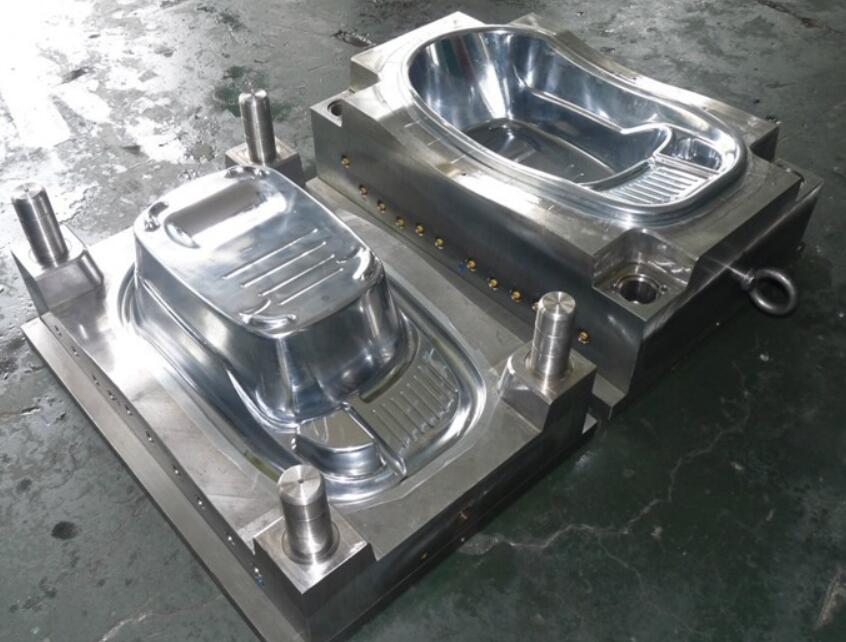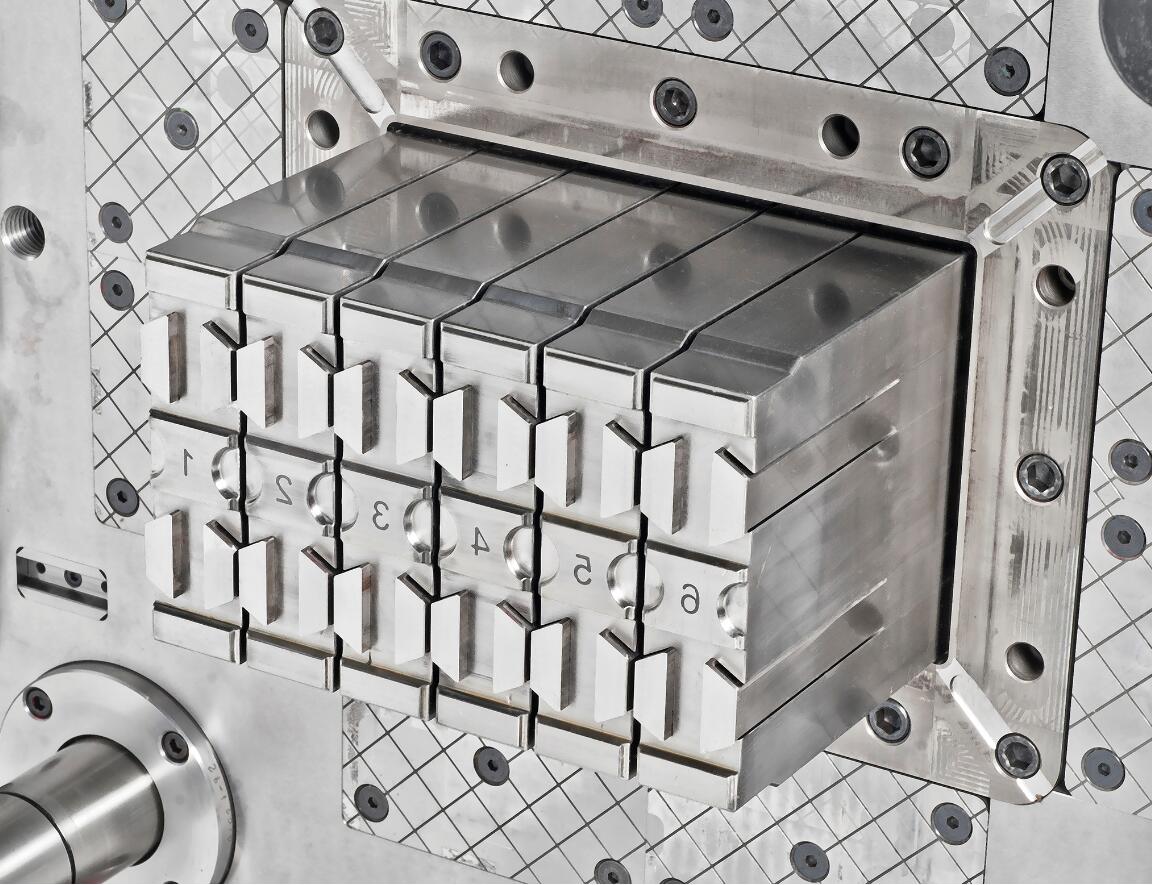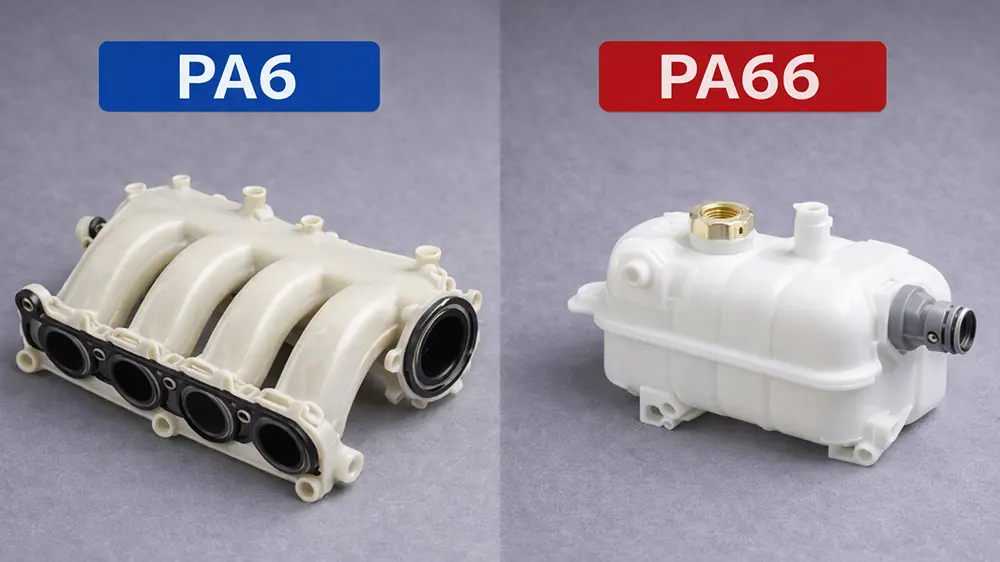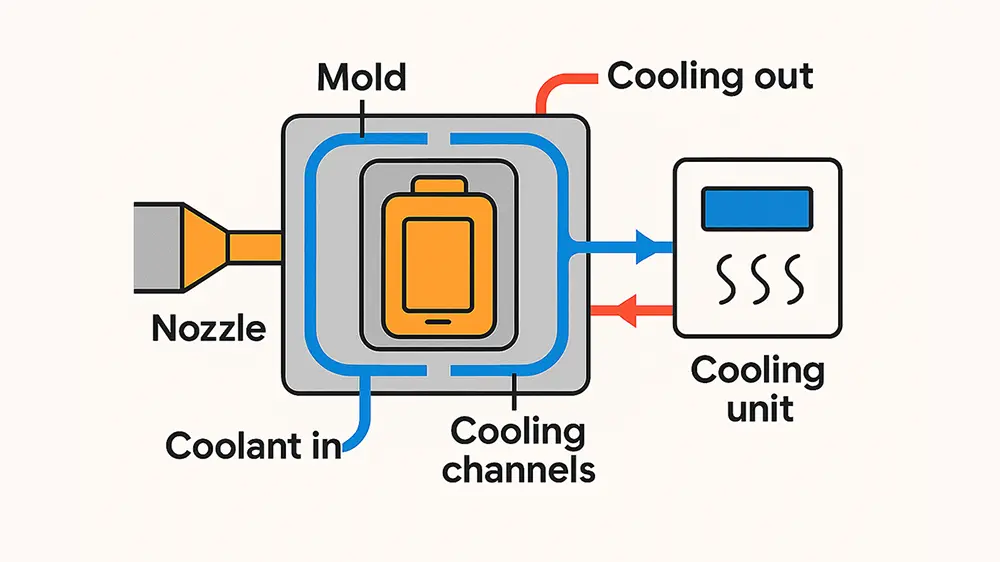
Polishing and texturing are the last steps of tooling. Polishing, also known as buffing, is a finishing process that uses abrasives and work wheels or leather slides to smooth the surface of the workpiece. Technically speaking, polishing refers to the process of polishing with abrasives attached to the working wheel. Polishing is usually used to enhance the appearance of objects, prevent contamination of instruments, eliminate oxidation, form reflective surfaces, or prevent corrosion of pipes.
The mold texturing process is designed to improve the surface finish of plastic parts.
Polishing the mold has the following advantages:
The surface of the mold looks smooth, and the qualified rate of the products produced is high, and the share of the defective products is low.
Can ensure the mold on the machine is in the process of rapid release, improve production efficiency, increase production
Polishing can improve the precision of the die surface and prevent the appearance of burr.
Meet the requirements of optical skills and workpiece appearance aesthetics. Abrasive polishing can increase the aesthetic value of the workpiece.

Texturing the mold has the following advantages:
Play the role of decorative products, make the product more beautiful, elegant
It overcomes the shortcomings of printing and painting, which are easy to wear off
Because the smooth product surface such as a mirror is easy to scratch, easy to be stained with dust and fingerprints, and the defects, silk marks and ripples produced in the formation process will be exposed on the smooth surface of the product, and some texture can hide the defects of the product surface in the forming process, so that the product appearance is beautiful, to meet the needs of the vision.
Make the pattern, can make the product surface and cavity surface can contain a little air, do not form vacuum adsorption, so that the mold release becomes easy





